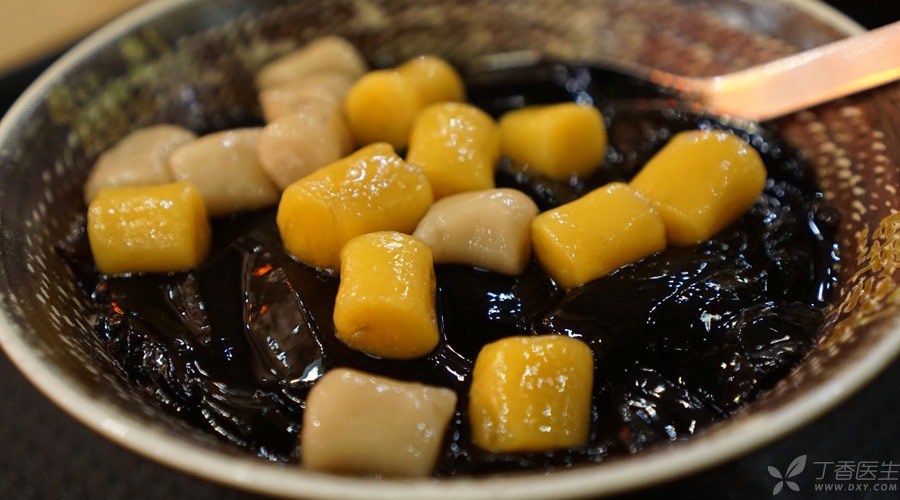
There are no pearls in pearls.
Sago is not rice
There is no fairy in the fairy grass.
… …
There are turtles in Guiling Cream!
No kidding, do you think that when you enter the sweet shop, you can’t see that it is what at all. How do you choose?
In order to make the eaters understand and show off with other small partners, Dr. Clove took everyone to the milk tea shop to find out the secret.
White or colorless
1. Coconut
Do you think coconut fruit is the pulp in coconut?
Dr. Clove tells you, no, coconut is actually fermented.
Pure coconut water (the coconut water that can be drunk by opening a hole and inserting a straw) is used as raw material, mixed with white sugar and acetic acid, inoculated with lignoacetic acid bacteria, fermented for 5-7 days (just like yogurt), and finally cleaned and molded to make the coconut fruit white and smooth.
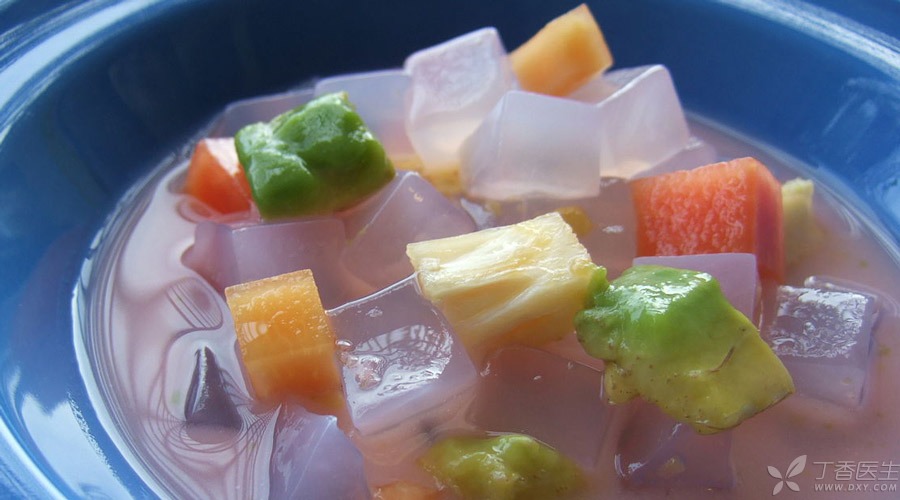
2. Sago
Sago looks like rice and its name is also called [rice]…
But it actually comes from sago palm and has nothing to do with rice, but is a relative of coconut.
Before the sago palm tree dies, the stem is cut off, and the sago flour can be obtained after repeated washing. The small round seed made by adding water and sifting is sago.
Therefore, the sago we eat is rounded and does not grow like this naturally.
Other starches, such as cassava starch, are usually added to sago sold on the market now.
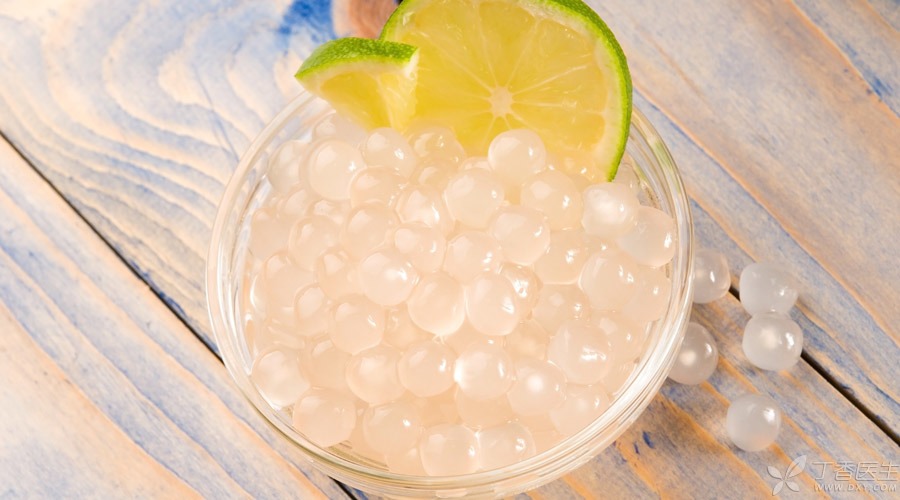
3. Aloe Vera
Legend has it that this ingredient has the effect of [beauty] [beauty]. It looks slightly transparent and softer and tender than coconut.
Many people should have questioned: Is this really aloe pulp?
It is.
Aloe vera in sweet shop belongs to a kind of aloe gel. The main raw material is peeled fresh aloe vera pulp, plus some sour and sweet spices, which are processed and made.
However, although it really has aloe, but…
Not beauty
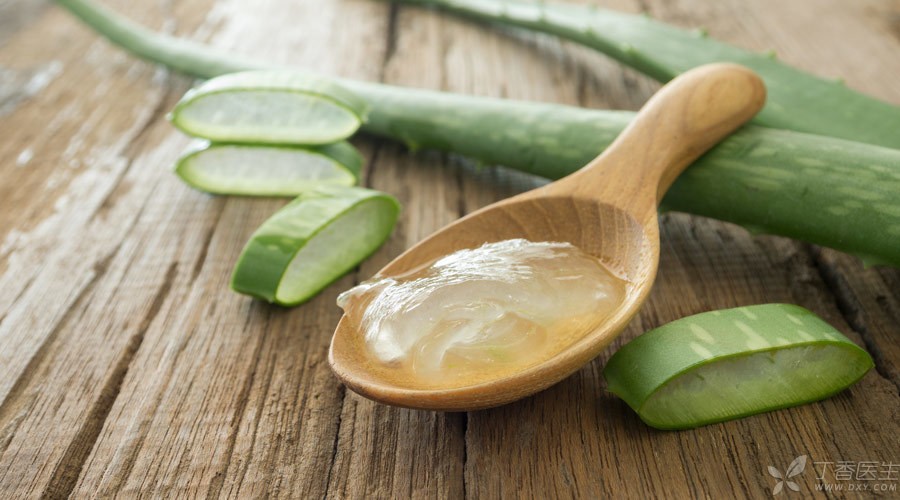
4. Amorphophallus konjac
Don’t you even know how to pronounce these two words?
Dr. Clove will teach you, it is called JRU Lin, and then tell another familiar name: Konjac.
I didn’t think so.
The konjac we often eat is actually processed from the tubers of this plant. The original looks like this:
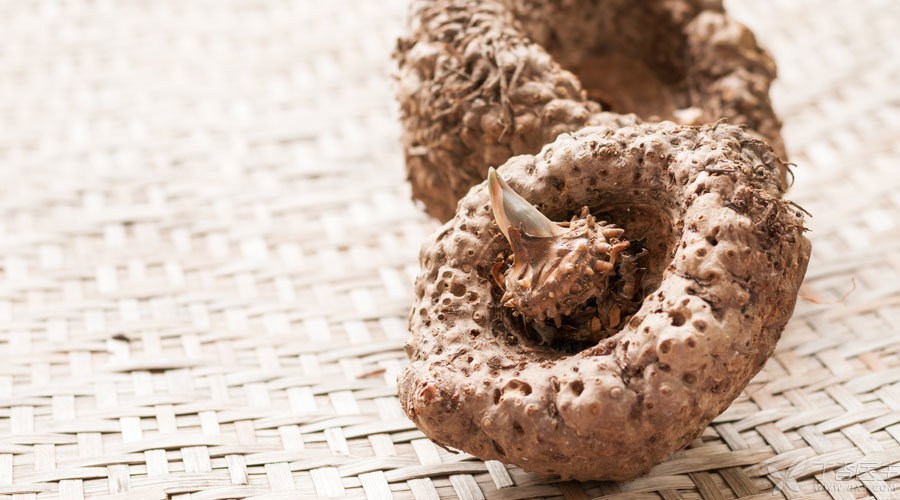
Raw konjac has certain toxicity and must be processed before it can be eaten. Villagers should not try to steam [taro] with it…
The main raw materials of Amorphophallus konjac in milk tea are the same as those of Amorphophallus konjac tofu, but the alkali content of Amorphophallus konjac tofu is higher.
Amorphophallus konjac is low in calories. Adding Amorphophallus konjac to milk tea, a high-calorie drink, is also a kind of psychological comfort.
I don’t eat fat, not fat, fat…
Black
1. Pearl
Pearl should be the old partner of milk tea.
Although it has nothing to do with real pearls, don’t wrong people that it is made of plastic. Its main raw material is cassava starch.
However, the fresh roots and stems of cassava contain toxins and need to be processed and rinsed before they can be eaten.
In addition to cassava starch, in order to adjust the taste of Q-bomb, wheat protein will also be added to make pearls more elastic. In addition, caramel color will be added to give pearls black and red color.
In addition to the good formula, the cooking method and storage time are also very important for delicious pearls. The well-cooked pearls are delicious, but the well-cooked pearls that have been stored for too long will be sticky outside and hard inside, and the taste is too poor.
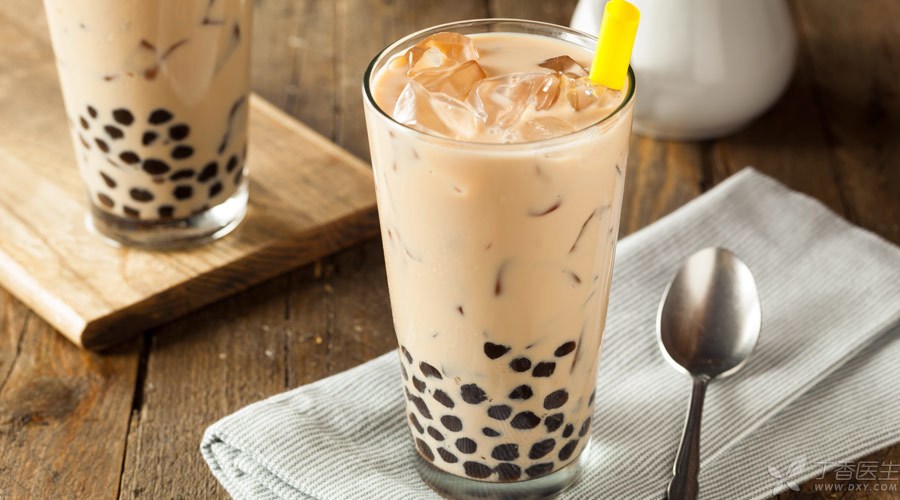
2. Fairy Grass (Frozen)
Although fairy grass has no fairy, it does have grass.
This kind of grass is a kind of plant called [jelly grass] (also called Xiancao in some places). It is boiled with rice pulp and cooled to make the black Xiancao frozen.
3. Guiling Cream
The name of this dessert is rare.
[Tortoise] The tortoise plate, which represents the chickpea, contains rich collagen, which is the main reason why Guiling Cream solidifies into frozen shape.
[Ling] There are two statements: Poria cocos or Smilia glabra.
Poria cocos is a fungus, while Smilax glabra is a plant of Liliaceae.
Guiling Cream has a special light bitter taste and tastes good with honey.
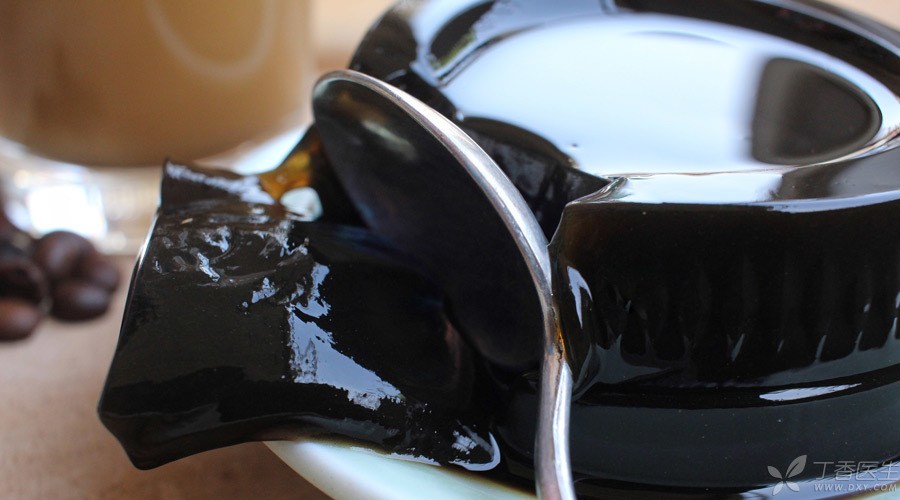
Colourful colourful
Taro round
Taro round and pearl are very similar. The main raw material is starch, but taro round uses sweet potato powder.
Common taro roundings with various flavors are cooked with sweet potatoes, taro or mung beans, pressed into mud, mixed with sweet potato powder and white powder (adding white powder will make the taro roundings soft and glutinous), rubbed into strips, cut into pieces, and then cooked in water to obtain taro roundings with various flavors.
Those who like cooking may as well try it at home.
In addition to the above introduction, the sweet shop also has ice powder that sounds like prohibited drugs, cold days that don’t understand what to say, slippery pudding, and popular public milk covers…
Do you usually like to add what?
Dr. Clove should remind you that dessert is delicious, but don’t be greedy!
